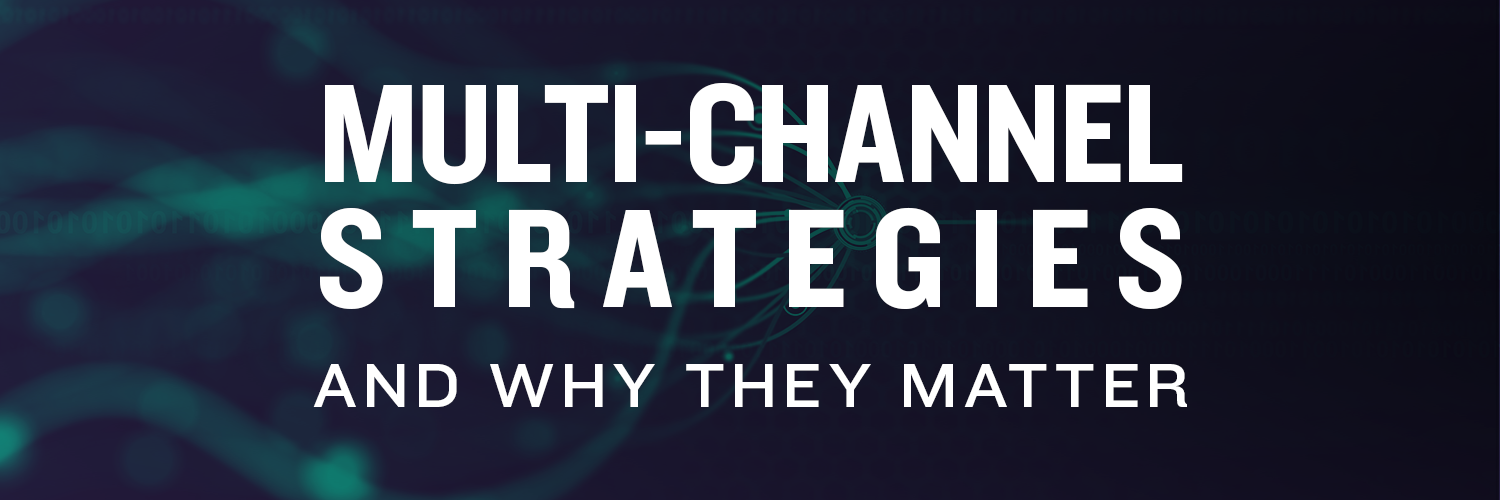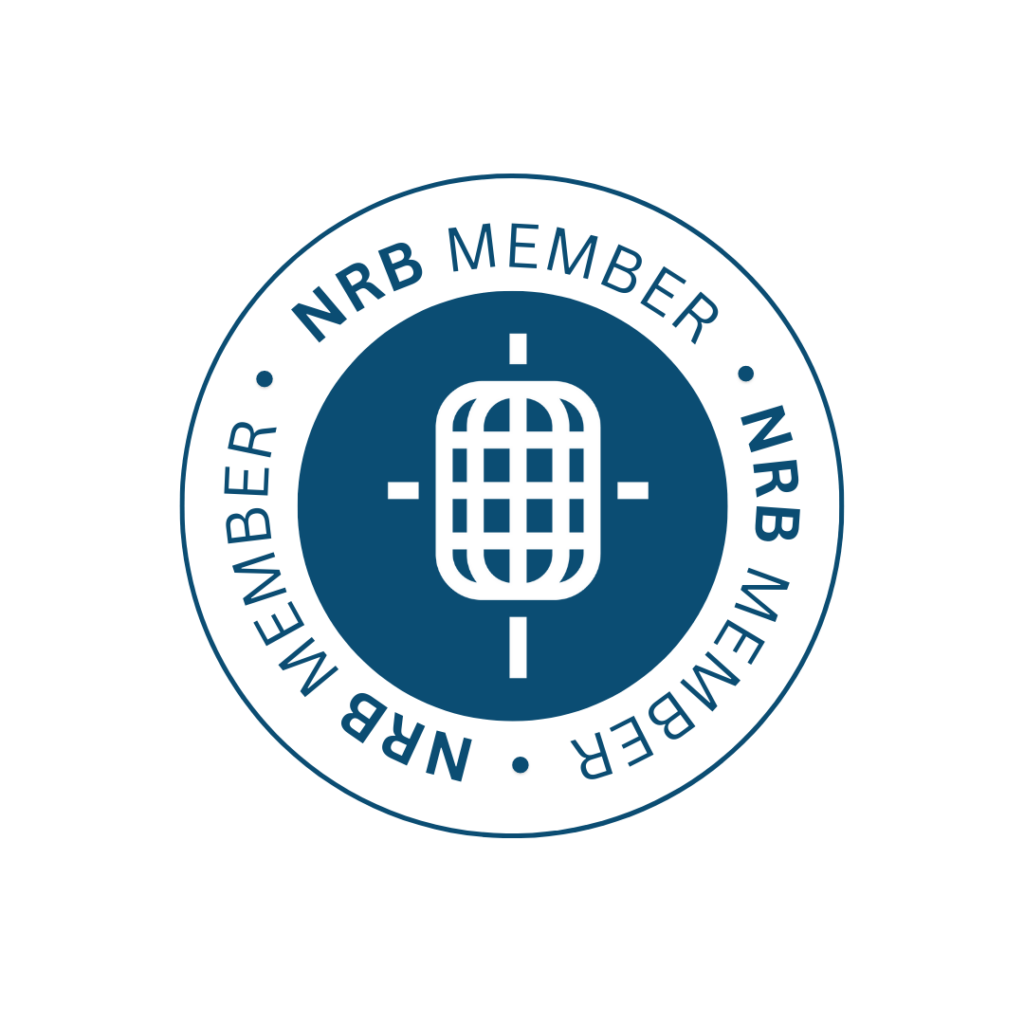It’s Like Velcro . . .Multi-Channel Strategies and Why They Matter
Velcro is a simple concept. It’s nothing more than hundreds of little plastic hooks on one side and corresponding loops on the other. Get one hook through one loop and you’ll get a little lift. Connect enough of them and you can pick up a bowling ball!
Fundraising (and marketing in general) is a lot like that. Communicate a compelling need in simple terms with a clear call to action, and it’s like hooking one Velcro loop. You can do this by direct mail, email, broadcast media, social media, or in person. And while not every channel is equally effective, the same ingredients must always be present.
But like Velcro, the magic happens when you connect with your donor through multiple channels all at once.
When each message is in sync, strategically sequenced, and optimized for the nuances of the channel, the net effect is more powerful than we might realize. And there’s a lot of persuasive evidence to support this idea.
Recently our team compared the data from several different nonprofit sectors including rescue missions, broadcast ministries, and international organizations. For each sector, we wanted to see whether a donor’s preferred channel of giving affected the annual revenue per donor.
We divided donors into three categories: Offline Only, Online Only, and Both Channels. The data from both 2016 and 2017 tell the same story across all sectors—
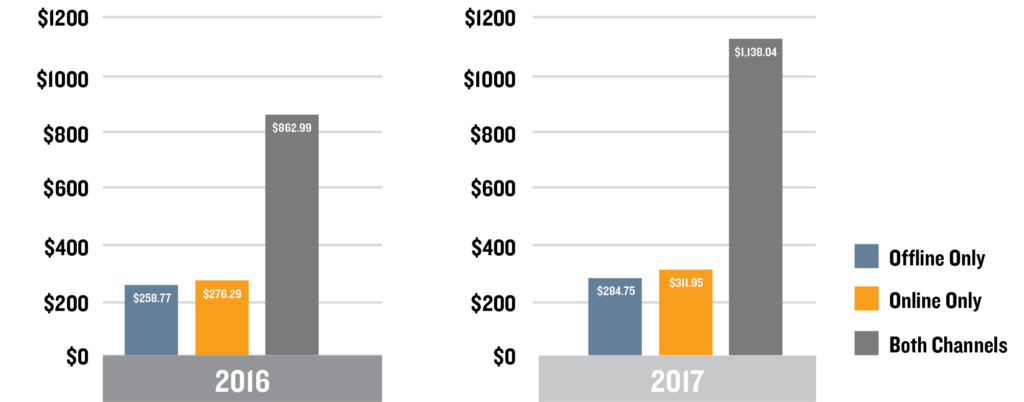 Your most generous donors are those who give both offline and online.
Your most generous donors are those who give both offline and online.
Related articles
-

More Than Just Work
As a young Christian professional navigating the conundrum of aligning my beliefs into a purposeful career, I’ve been blessed to…
-
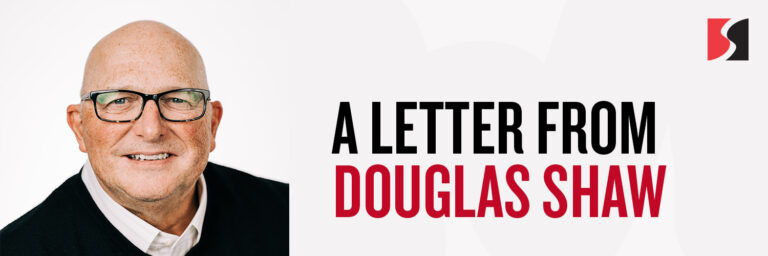
What to Think of Artificial Intelligence and Its Impact on Fundraising . . .
In trying to summon an image to represent our theme for this issue of Donor Focus, I found myself drawn…
-

Fundraising Meets Artificial Intelligence
In this article, we’ll explore the captivating realm of AI-powered fundraising efforts—the boundless benefits and intriguing challenges that arise when…

